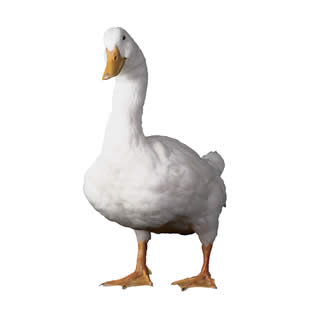
The snipes, snap, duck hook – whatever you want to call it, it’s a frustrating and damaging shot that usually plagues better players. Snaps can creep up with nearly any club in your bag, but is most common with longer clubs like your driver to 5-iron. The shot, for right-handers, starts low and left and hooks further left with plenty of speed and running power. In this article, we’ll cover some of the most common causes of the snap hook, and give you some great drills to try and fix it.
What causes a snap hook?
A snap hook is caused by one thing: over-active wrists into impact. There are many causes for over-active wrists however, so have a look at the list below to see if any of these faults sound familiar for your swing.
- Too strong of a grip at address can lead to a severely closed clubface at impact.
- Too weak of a grip at address could force your wrists to be over-active coming into impact, leading to a closed clubface.
- An overactive upper body during the swing disrupts your tempo and timing and can ultimately rush your wrists into impact.
- An inactive lower body often encourages an over-active upper body leading to the fault listed above.
- An over-active lower body; specifically with the hips sliding forward instead of rotating, causes your wrists to release too quickly into impact.
- An exaggerated out to in (over-the-top) swing path, coupled with an early release can lead to a snap hook.
- A “bowed” left wrist at the top of the backswing closes the clubface, and can lead to a closed clubface at impact.
Great Drills to Fix a Snap Hook
To help fix your snap hook you have to eliminate one of the many potential causes of your over-active wrists, list above.
Our first drill is a simple one – grab a low-iron, choke down on the shaft, and start hitting balls. Choking down on the shaft will actually limit your wrists ability to rotate during your swing.
Our second drill – grab a low-iron, split your grip (but focus on having them in a neutral position) and start hitting balls. By splitting your grip, your wrists cannot get too far under the club on the downswing, and should help with better timing through impact.
Our third drill – grab a couple clubs in your hands and start swinging. You’ve probably tried this drill to warm-up before a round, but much like a fat putter grip reduces your chances to yip a putt with your wrists – the thicker club (and added weight) will accomplish two things: reduce wrist movement and encourage a smoother transition and tempo.
Our fourth drill – setup three balls in a row, a clubhead’s width apart and setup, and focus on hitting the middle ball only. This specific drill helps duck hooks caused by swing path issues.
Our final drill – Swing a thick rope. While swinging this rope, focus on rotating your hips, and not sliding them. The rope will help with your timing and tempo of your swing, upper body and lower body.
We hope you better understand the duck hook, its causes, and now have some ideas and drills on how to fix it. Do you have your own snap hook drills? Let us know how you fix this fault. Reply in the comments below.
